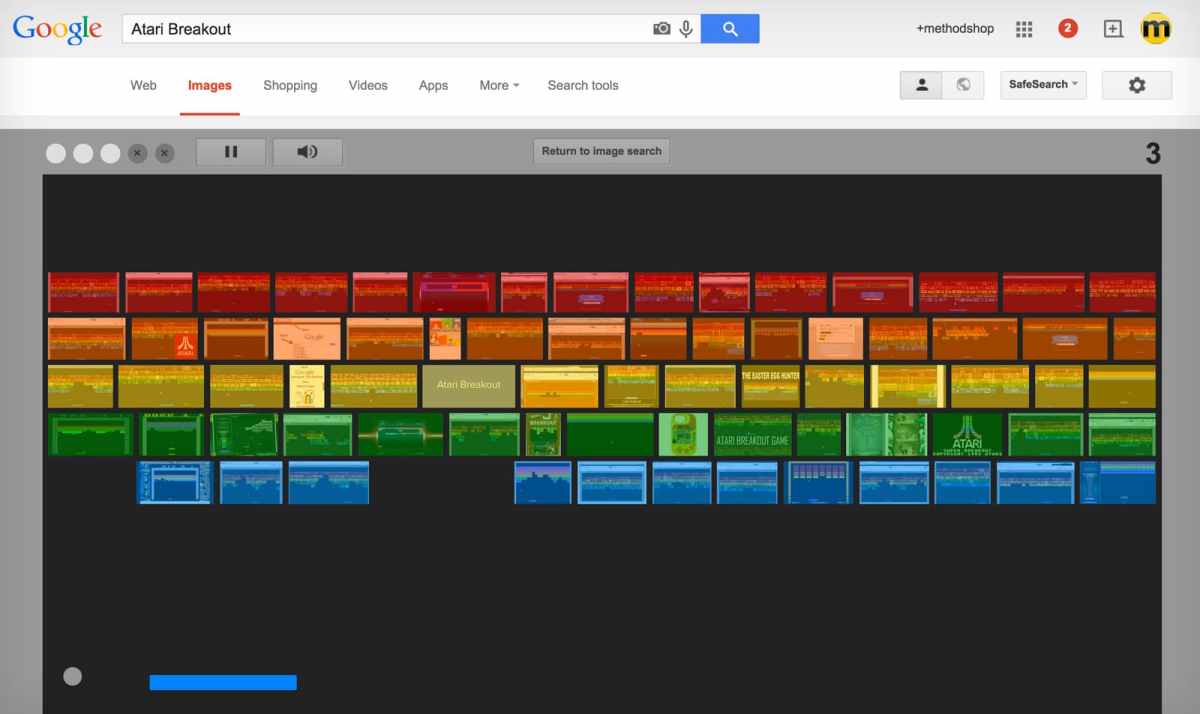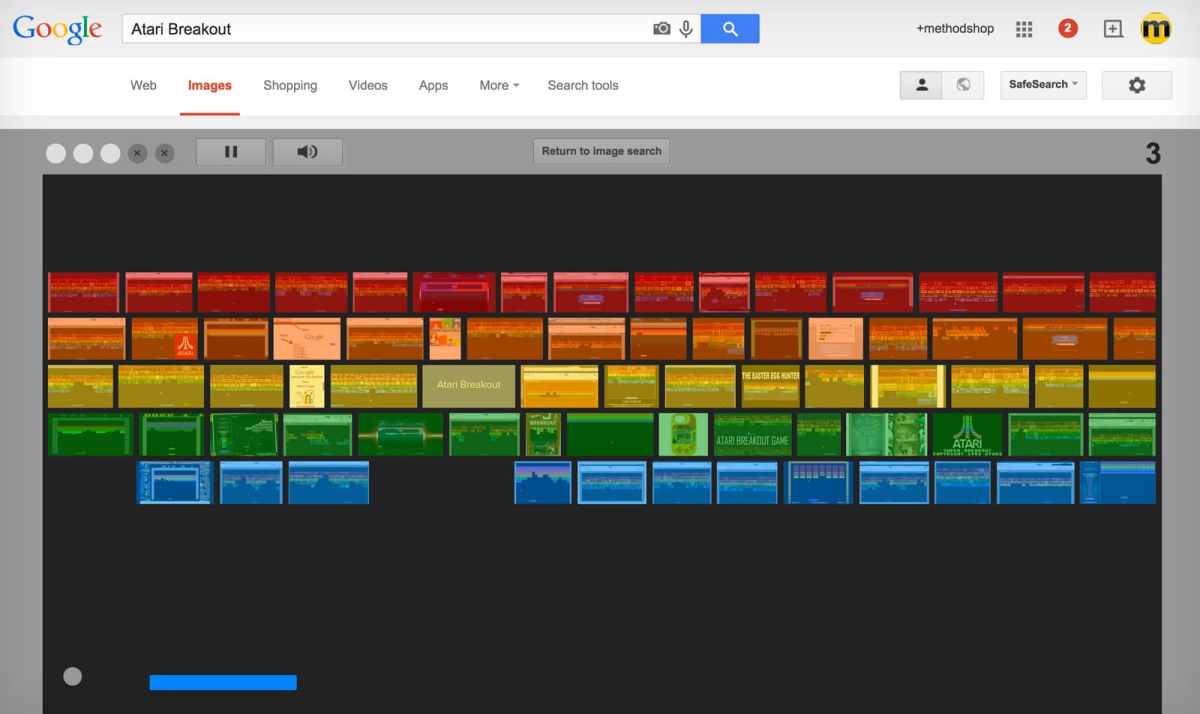Breakout video games, with their simple yet addictive gameplay, have captivated players for decades. From the iconic Atari classic to modern mobile iterations, this genre has constantly evolved, adapting to new technologies and player expectations. This exploration delves into the history, mechanics, and future of this enduringly popular game type, revealing the secrets behind its lasting appeal.
We’ll examine the core mechanics that define breakout games, tracing their evolution from simple brick-breaking to complex, physics-based challenges. We’ll also analyze market trends, technological advancements, and the impact of different platforms on the genre’s design and accessibility. Prepare to discover the enduring power of the breakout game!
Defining “Breakout Video Game”
Breakout video games are a subgenre of arcade games characterized by their simple yet addictive gameplay. The core mechanic involves using a paddle to bounce a ball against a wall of bricks, progressively destroying them until all are gone. This seemingly straightforward concept has spawned a vast and diverse range of games over the decades, demonstrating remarkable adaptability and longevity.
Evolution of the Breakout Genre
The genre’s lineage traces back to Atari’s seminal 1976 title, Breakout, designed by Nolan Bushnell and Steve Bristow. This original game established the fundamental gameplay loop: a paddle, a ball, and destructible bricks. Subsequent iterations expanded on this foundation, introducing power-ups, varied brick types, and increasingly complex level designs. Games like Arkanoid (1986) and Alleyway (1990) significantly contributed to the genre’s evolution, introducing new mechanics and visual styles.
Comparison with Similar Genres
While sharing similarities with other genres like puzzle and action games, breakout games possess unique qualities. Unlike pure puzzle games, breakout games incorporate a degree of real-time action and reflexes. Compared to traditional action games, they often feature simpler controls and a more focused objective. The core differentiating factor is the strategic element of targeting specific bricks and managing the ball’s trajectory.
Breakout games, with their addictive gameplay, often share a lineage with classic arcade shooters. Think about the strategic planning involved; it’s similar to the challenge in a defender game , where you must carefully manage resources and anticipate enemy movements. This strategic thinking, however, is usually more straightforward in a breakout game, focusing primarily on precise ball trajectory and brick destruction.
Gameplay Mechanics and Design
Effective breakout game design hinges on balancing challenge and reward. The gameplay loop needs to be instantly gratifying yet progressively demanding. This requires careful consideration of level design, power-ups, and visual feedback.
Hypothetical Breakout Game Design
Imagine a breakout game titled “Cosmic Crusher.” The core gameplay loop involves bouncing a ball off a controllable spaceship to destroy asteroid formations. Level progression introduces new asteroid types (some tougher, some with power-ups), boss battles with unique attack patterns, and increasingly complex layouts. Power-ups could include laser beams, shields, and speed boosts. The progression system could be based on stars earned per level, unlocking new ships and cosmetic upgrades.
Visual and Audio Design Impact
Visual and audio elements are crucial for creating an immersive and engaging experience. A well-designed visual scheme enhances the strategic element, while the sound effects provide immediate feedback and amplify the excitement.
| Visual Element | Impact on Gameplay | Audio Element | Impact on Gameplay |
|---|---|---|---|
| Bright, contrasting colors for bricks | Improved visibility and target identification | Satisfying brick-breaking sound effects | Reinforces the sense of accomplishment |
| Animated power-ups | Increased player engagement and excitement | Dramatic music during boss battles | Enhances tension and excitement |
| Clear visual cues for ball trajectory | Improved accuracy and control | Subtle background music | Creates a consistent and relaxing atmosphere |
| Visually distinct asteroid types | Provides information about difficulty and potential rewards | Sound effects indicating power-up acquisition | Immediate positive feedback |
Innovative Gameplay Mechanics

Many successful breakout games have incorporated innovative mechanics to enhance replayability and challenge. Arkanoid, for instance, introduced various power-ups and enemy types, while Breakout clones often experimented with different paddle controls and ball physics.
Breakout, with its simple yet addictive gameplay, set the stage for many arcade classics. Its influence is clear in games like the centipede video game , which shares that satisfying sense of controlled destruction. Both games, though different in theme, mastered the art of simple, compelling mechanics that kept players hooked for hours, proving that sometimes less is truly more in game design.
Breakout’s legacy continues to inspire modern game developers even today.
Market Analysis and Trends
Breakout games maintain a consistent, though niche, presence in the gaming market. Understanding the target audience and current trends is crucial for successful game development.
Target Audience and Preferences
The target audience spans casual and hardcore gamers. Casual gamers are drawn to the simple controls and immediate gratification, while hardcore players appreciate the challenge of mastering advanced techniques and achieving high scores. Preferences evolve with technological advancements, with mobile platforms becoming increasingly dominant.
Market Trends and Saturation
The market is not oversaturated, but competition exists. Success often hinges on unique gameplay mechanics, compelling visuals, and clever level design. Mobile platforms offer a large potential audience but also require optimized game design for touch controls.
Timeline of Breakout Game Popularity
Breakout games enjoyed peak popularity in the arcade era (1970s-1980s) and have experienced resurgences with the advent of new platforms. Mobile platforms currently represent a significant market share, although console and PC releases remain.
Breakout games, with their addictive gameplay, often inspire creative uses of technology. Think about how you might film a killer gameplay video – maybe using a super-stable shot from a drone? Check out this amazing resource for capturing smooth footage: dji flip drone only. The right equipment can truly elevate your breakout game videos to the next level, making them even more shareable and engaging.
Technological Advancements and Impact
Technological advancements have profoundly impacted the breakout game genre, from its humble arcade origins to modern mobile and VR experiences.
Influence of Technological Advancements
The transition from simple vector graphics to detailed pixel art and then to high-definition 3D graphics significantly enhanced the visual appeal and immersion. Improved processing power allowed for more complex level designs, physics engines, and AI opponents.
Impact of Different Platforms
Arcade machines initially defined the genre’s experience, emphasizing quick, intense gameplay. Consoles provided longer, more elaborate experiences. Mobile platforms adapted the gameplay for touch controls, making it more accessible to a wider audience. Each platform presented unique design challenges and opportunities.
VR/AR’s Potential Reshaping of the Genre
VR and AR could offer entirely new perspectives. Imagine a VR breakout game where players are physically immersed in the game world, using motion controls to manipulate the paddle. AR could overlay breakout gameplay onto the real world, transforming everyday objects into destructible bricks.
Case Studies of Successful Breakout Games
Analyzing successful breakout games reveals key design principles and marketing strategies.
Case Study: Arkanoid
| Aspect | Analysis |
|---|---|
| Gameplay Mechanics | Introduced power-ups, varied brick types, and unique enemy designs, significantly expanding on the original Breakout formula. |
| Visual Design | Vibrant colors, detailed sprites, and memorable level designs contributed to its lasting appeal. |
| Marketing Strategy | Successfully capitalized on the popularity of the Breakout genre, appealing to both arcade and home console players. |
| Lasting Impact | Established many conventions of the genre and inspired numerous clones and sequels. |
Comparison of Breakout Success Factors
Comparing Breakout and Arkanoid highlights the evolution of the genre. Breakout‘s simplicity and addictive gameplay established the foundation, while Arkanoid‘s added complexity and visual polish broadened its appeal.
Art Style and Visual Design of Successful Games
Breakout featured simple, geometric shapes, emphasizing clear visual feedback. Arkanoid used more detailed pixel art, creating a richer visual experience. Modern breakout games often employ high-resolution graphics and sophisticated visual effects.
Future of the Breakout Genre
The breakout genre shows potential for continued innovation and adaptation to emerging technologies.
Potential Future Directions, Breakout video game
Future breakout games could explore more intricate physics, incorporating elements of gravity, magnetism, or even time manipulation. AI opponents with adaptive strategies could also add a new layer of challenge.
Potential for Crossovers and Hybrid Genres
Breakout mechanics could be integrated into other genres, such as RPGs or platformers, creating unique hybrid experiences. Imagine a breakout-style dungeon crawler where destroying bricks reveals new paths and treasures.
Concept for a Futuristic Breakout Game
A futuristic breakout game could feature holographic bricks, responsive environments, and customizable spaceship designs. Players could strategically target bricks with different elemental properties, unlocking unique power-ups and abilities. This combination of strategic gameplay and technological innovation could revitalize the genre.
Summary
The breakout video game genre, despite its seemingly simple premise, has proven remarkably resilient and adaptable. From its humble beginnings in arcades to its current presence on mobile devices and beyond, its core gameplay loop continues to resonate with players of all ages. The future holds exciting possibilities for innovation within this genre, with emerging technologies poised to unlock new levels of engagement and immersion.
The enduring legacy of breakout games is a testament to the power of simple, well-executed gameplay.
FAQ Overview
What makes a game a “breakout” game?
The core mechanic is using a paddle to bounce a ball and break bricks. Variations exist, but this fundamental interaction defines the genre.
Are there any breakout games with unique power-ups?
Yes, many modern breakout games feature power-ups like multi-ball, lasers, or temporary paddle size increases to add strategic depth.
How competitive is the breakout game market today?
The market is moderately competitive, with established titles and a steady stream of new releases, especially on mobile platforms.
What are some examples of breakout games that weren’t hugely successful but were innovative?
Many lesser-known titles experimented with unique mechanics like gravity manipulation or unusual brick patterns, showcasing creative approaches within the genre, even if they didn’t achieve mainstream success.
